- Home >
- Japanese Scenery >
- Imari/Okawachiyama >
Imari/Okawachiyama
Okawachiyama, hidden town at the base of the steep mountain and home to Imari ware - Imari City, Saga Prefecture
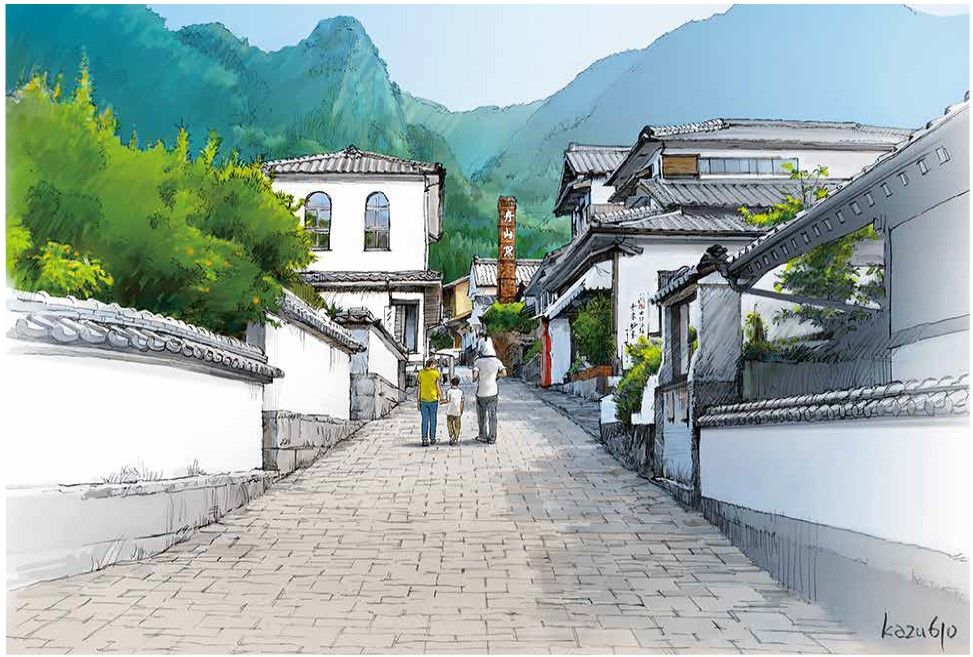
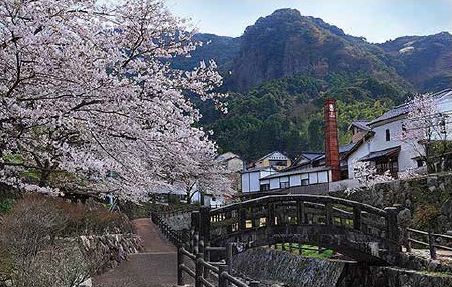
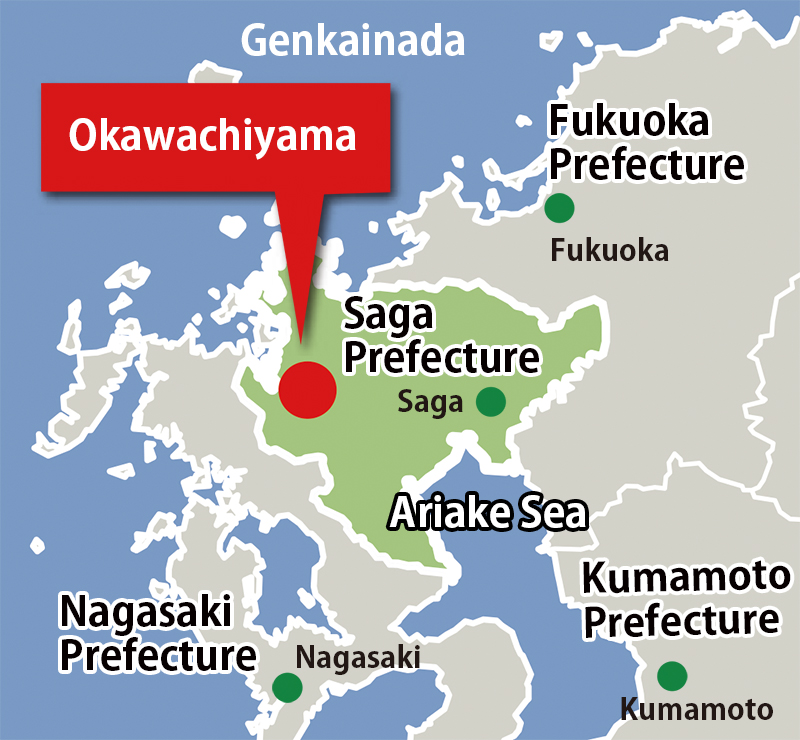
The early 1600s, which was the beginning of the Edo Period, was a peaceful period of Japanese history that saw the arisal of various kinds of culture. When the potter Risanpei discovered porcelain stone at Arita, it marked the start of Japanese porcelain.
The Saga Clan (House of Nabeshima) brought talented potters to Okawachiyama, instilling them with technique and engaging them in pottery manufacture. Superior-quality pottery was presented as gifts to the shogun and the daimyo regional lords, which were held in high regard at domain offices. This form of pottery, known as Nabeshima ware, survives to this day.
All aspects of the pottery work of the area were kept strictly secret, from the patterns to disposal of mistakes, so much so that Okawachiyana became known as the “village of the secret kilns.” There was an array of rules designed to ensure and maintain the elegant character of the product, including fine-detailed molding and a graceful style—leaving no room for compromise. Later, Okawachiyama came to be regarded as a treasure trove of culture.
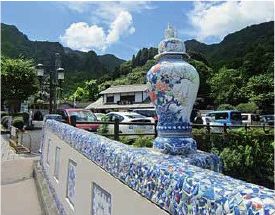
The Nabeshima clan kiln bridge, made of striking Indigo and white porcelain panels
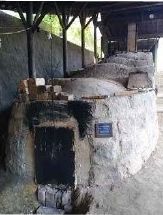
Climbing kiln
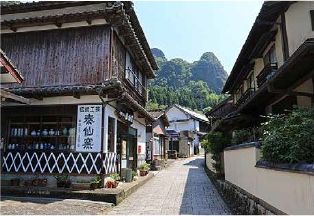
Okawa Nabeshima Kiln Ruins






